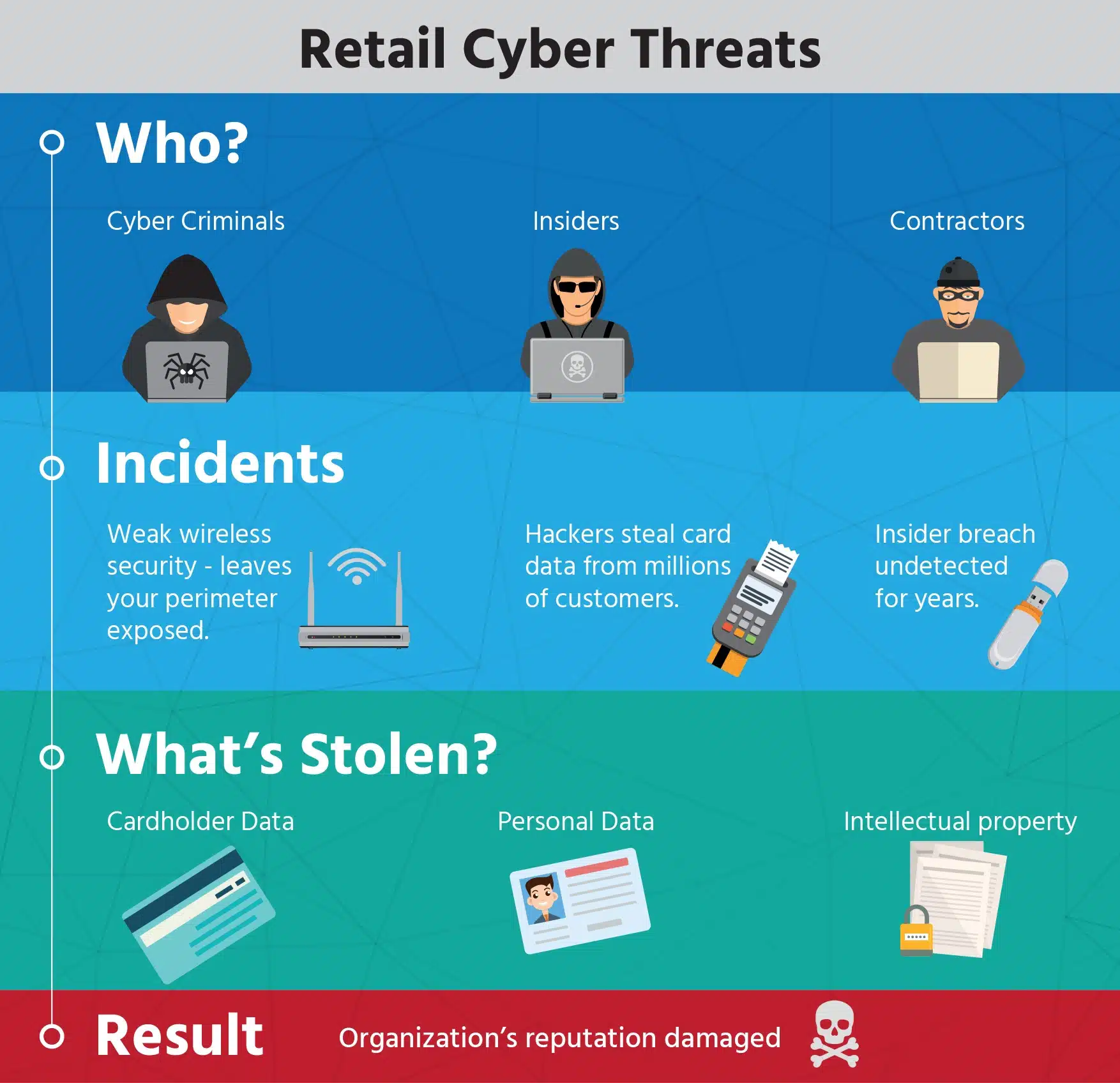


I’d like you to take a step back and think. What was it like before the smartphone? How did you conduct daily business? How did you communicate with friends, colleagues and customers? You definitely weren’t engaging with your customers in such a personal way, like via Facebook, Twitter, Instagram etc. Let’s think about the creation of where this interconnected world started-the iPhone.
The idea of a personal computer and a mobile phone came into fruition with Apple. Apple was successful in creating this unified device that anyone could use. Apple allowed personal users to have an actual handheld computer and friendlier ways to access the worldwide web. This opened the door for Google and Android, as well as others to follow. Through these smartphone pioneers, came the idea of the mobile ecosystem. All of a sudden, with microprocessors and increased performance there was a new frontier that needed stronger defense.
According to Gartner, digitalization is the use of digital technologies to change a business model and provide new revenue and value-producing opportunities. It is the process of moving to a digital business. In the world of digitalization, it has been said that there are 3 digital eras. The three phases are: pre-digital, mid-digital and post-digital. We currently stand mid-phase, between two eras: the pre and post-digital age.
Pre-digital: This phase consisted of media that was physical and lived in a parallel to each other and rarely intertwined. This phase ended with physical products becoming digital.
Mid-digital: This phase is where digital is split, where digital is accepted in the mainstream but the society isn’t fully immersed yet.
Post-digital: This is where the concept of digital will not even be thought of, rather it will be like oxygen. This digital phase will be completely seamless.
Digitalization has bubbled over into every facet of our everyday business interactions as well as industries. It has influenced the way in which we conduct business. Here’s how…
In a recent study released by McKinsey, they revealed that digitalization has infiltrated on average a mere 38% across all the key industries. These results prove that these companies will be three times more likely to generate profit growth than their competitors.
Here is its impact among the various industries:
Think about how the concept of “the shopper” has evolved. It used to be that you shopped only in brick and mortar stores. You collected your newspaper coupons, and went from shop to shop to seek out the best deals. Even big shopping days such as Black Friday, Christmas gift shopping, Mother’s Day and Valentine’s Day used to mean hustle and bustle. It was a mad dash to get your hands on the item of your desire first. This is no longer the case. Now, you can choose to shop in store, from the comfort of your home or even on the go. There is a distinct move of transactions from brick and mortar to online. According to a 2016 annual survey by comScore, shoppers make 51% of their purchases online compared to 48% in 2015 and 47% in 2014. And 44% of those shoppers did so from their smartphone compared to 41% in 2015.
As digital businesses continue to grow, the push for online channels means that retailers have something new to worry about: digital risk.

It is not surprising that 53% of retail fraud in the U.K. is cyber-enabled, combined with the growing unease of customers that retailers are incapable of keeping their personal data safe. It’s no wonder that cyber security risks have become a priority for retail businesses. Earlier this year, Wonga experienced a huge breach, affecting about 245,000 customers. The frequency, breadth and severity of cyber attacks on the retail sector is increasing.
The whole concept of banking has shifted with the concept of digitalization. We can all remember the process of opening a bank account, meeting your bank teller and running your transactions via the teller on every encounter. You came to know your teller and relied on them. Today, we have a different scenario. You might have already started noting the number of bank branches shutting down. But according to Forbes, over the next decade we can expect to see as many as half of all American bank branches closing. Why? Because customers would rather take care of their banking via smartphone than bank teller. Forbes further noted, that there are 25 million American digital converts, banking remotely for the first time. In the UK this year, 525 banks are expected to close.
Online banking poses it threats too. With the recent Petya attack, we saw various banks in Ukraine, hit by the attack. The National Bank of Ukraine claimed that they are dealing with an unknown virus and that several of their banks were affected, as well as financial institutions. “As a result of cyber attacks, these banks have difficulties with customer service and banking operations. “.
There are other attack scenarios that occur. Such as, the launching of malicious mobile apps simultaneously to when a bank launches their app. As well as sending phishing emails on behalf of a bank, and then, there are phishing scams. One such phishing scam accounted for more than $200,000 being taken from bank accounts.
It just takes one breach to expose a company to great financial loss and to receive a tainted reputation. If retailers want to keep transforming their business with digital initiatives, they need to invest in strong cyber security. Businesses are more facilitated than ever. They are linked to 100s of vendors. This in turn exposes you to more threats.
To address this growing need to cover digital risk, a new breed of service providers laser focused on detecting digital risk blind spots has emerged. Digital MDRs are focused on protecting businesses from cyber threats by comprehensively and continuously monitoring risk across digital channels: social, mobile and web.
Do you want to arm your organization with the tools necessary to survive the next decade as we move closer to the post-digital era? Get in contact with us today.
©1994–2025 Check Point Software Technologies Ltd. All rights reserved.
Copyright | Privacy Policy | Cookie Settings | Get the Latest News
Fill in your business email to start


